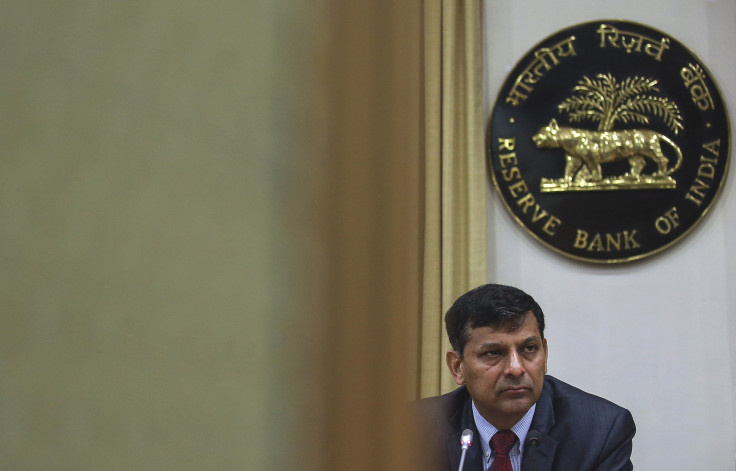Reserve Bank Of India Keeps Repo Rate On Hold At 7.50%

(Reuters) - The Reserve Bank of India (RBI) kept interest rates on hold at 7.50 percent on Tuesday, choosing to wait longer to assess inflationary pressures before making its next move, and to give banks more time to adjust lending rates to reflect previous rate cuts.
Most of the 40 economists surveyed by Reuters had expected the RBI to keep the key lending repo rate unchanged at Tuesday's policy review.
The RBI has cut rates twice this year, by a total 50 basis points, in a bid to bolster economic growth. Both times the reductions took place outside of the regular policy reviews.
Only a few banks have reduced lending rates after the previous central bank rate cuts, raising concerns about the transmission of monetary policy actions to the broader economy.
"With little transmission and the possibility that incoming data will provide more clarity on the balance of risks on inflation, the Reserve Bank will maintain status quo in its monetary policy stance in this review," the central bank said in a statement.
However, the RBI said it would maintain its "accommodative stance on monetary policy."
Analysts expect the RBI to cut rates again if consumer inflation remains within its target of 2 to 6 percent and so long as Prime Minister Narendra Modi's government controls its fiscal deficit and passes economic reforms.
The RBI agreed a monetary policy framework last month that narrows the central bank's goals to securing price stability.
The consumer price index rose 5.37 percent in February, the fifth consecutive month that it has stayed within the RBI's target range. Inflation data for March will be released on April 13.
The RBI will be wary of inflationary pressures as earlier-than-expected rainfall in parts of the country have pushed up prices of winter crops, such as wheat and pulses.
The RBI projected CPI would stay at current levels in the April-June quarter, and fall to around 4 percent by August, only to then firm up to reach 5.8 percent by the end of the year.
The RBI reiterated its target of 6 percent CPI by January 2016 and set a new target of 4 percent by the end of 2017/18, the midpoint of the CPI range.
If inflation were to remain relatively benign, the RBI's monetary policy could be more supportive for economic growth.
The RBI projected economic growth of 7.8 percent in the 2015/16 fiscal year under a new methodology unveiled by the government earlier this year that has raised skepticism among analysts.
That is below the government's forecast of growth of 8 to 8.5 percent in the year started in April.
© Copyright IBTimes 2024. All rights reserved.




















